Act Now - Limited Time Offer
$67 Pest Control

Jakob Beltran
Pest Control Technician
Jonathan Mitchell
Pest Control Technician
Jackie Murphy
Sales Representative
In Sacramento, cat fleas (Ctenocephalides felis) are commonly found on household pets. These small, reddish-brown insects measure about 1/8 inch long and feed on the blood of cats and dogs, causing itching, hair loss, and anemia in severe cases. Cat fleas can also bite humans, leaving red, itchy welts that may lead to allergic reactions.
The flea’s life cycle consists of four stages: egg, larva, pupa, and adult. Female fleas lay 20-50 eggs daily, which drop onto bedding and carpets. Larvae feed on dried blood and thrive in humid areas. The entire life cycle takes around 18 days, with adult fleas living for up to 40 days on a host.
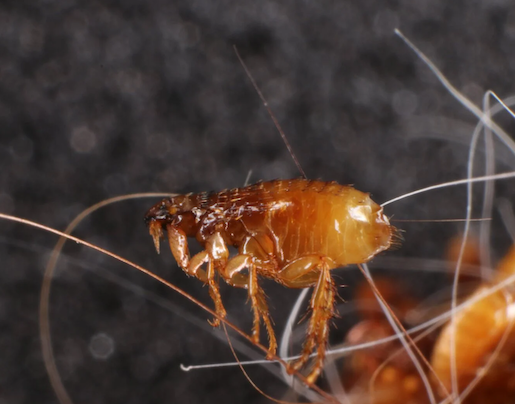
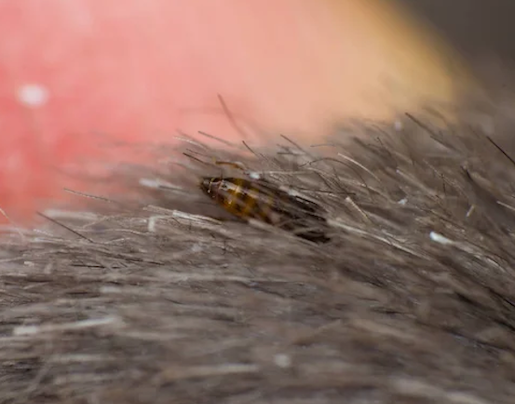
Dog fleas, also known by their scientific name Ctenocephalides canis, are parasites that infest dogs but can also affect humans and cats. They are smaller and less common in California compared to cat fleas. These reddish-brown, wingless insects are hard to detect on pets. They feed on the blood of their hosts, leading to discomfort and skin irritation. Additionally, dog fleas may carry tapeworms and other parasites.
The dog flea’s life cycle includes stages of eggs, larvae, pupae, and adults. Flea eggs fall off the host onto bedding or carpets. Larvae feed on organic debris and adult flea waste. Pupae form cocoons and can stay dormant for months. Adult fleas can live for several weeks, feeding and reproducing frequently.
Sticktight fleas are typically found on ground squirrels and poultry, attaching firmly to their hosts’ ears and eyes, which can lead to discomfort and potential health concerns. Pets that roam outdoors, especially in areas with ground squirrels, are more at risk. Regular pet inspections are important for catching infestations early.
To treat sticktight fleas, both the pet and its environment need attention. Treat pets and their bedding on the same day. Homes with outdoor pets require inspection and treatment of both indoor and outdoor spaces.
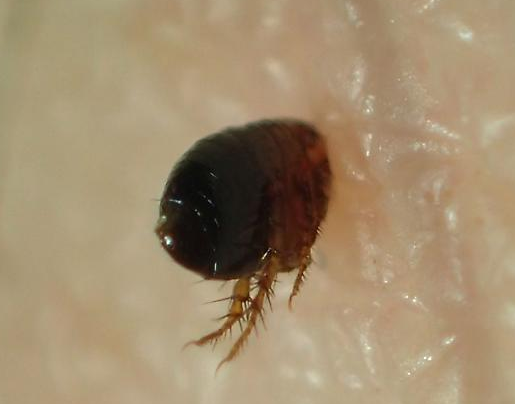
At Sacramento Pest Control, flea control begins with a detailed inspection of your yard. We identify flea-prone areas, especially spots where pets frequent, to direct our treatment efforts. Our technicians assess shaded areas and dense foliage to locate flea hotspots.
Indoors, we focus on baseboards, cracks, and crevices where fleas are likely to hide. We also inspect pet bedding, carpets, and furniture to ensure we identify all possible flea breeding grounds. A thorough inspection ensures a successful flea treatment plan.
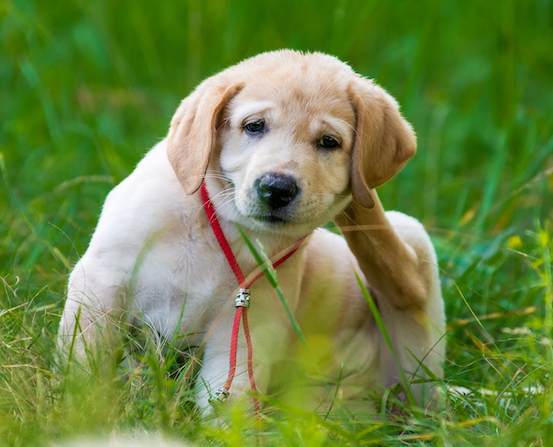

There are a few steps to prepare for your flea treatment. Outdoors, cut your grass. Indoors, remove items from the floor, such as toys or rugs. Vacuum carpets, under beds, and closet floors, then throw out the vacuum bag. Sweep and mop all floors. Treat pets and clean their bedding on the same day. The house will need to be empty for 2-3 hours until the treatment dries.
We start by inspecting your yard and treating flea hotspots, covering up to half an acre. Indoors, liquid treatments are applied to baseboards, cracks, and pet play areas. Floors may be slippery at first but dry quickly. Use fans to speed up the drying process.
Sacramento Pest Control offers a complimentary follow-up treatment two weeks after the initial flea service. This step is crucial for eliminating any newly hatched fleas. Our technician will repeat the comprehensive treatment, focusing on all previously treated areas to ensure complete eradication.
We recommend vacuuming carpets and sweeping floors regularly after the first treatment to help stimulate flea eggs to hatch. This allows our follow-up treatment to be more effective. Treating pets and cleaning their bedding is also essential for preventing re-infestation.

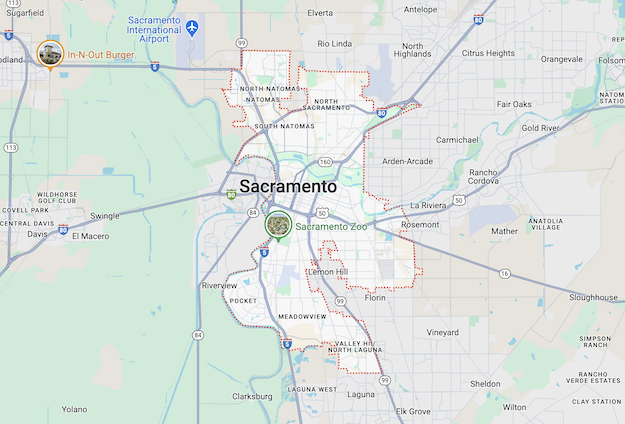
Limited time offer! Get $50 off your first pest control service.

Barrier Services
Sacramento Office
© Sacramento Pest Control 2024